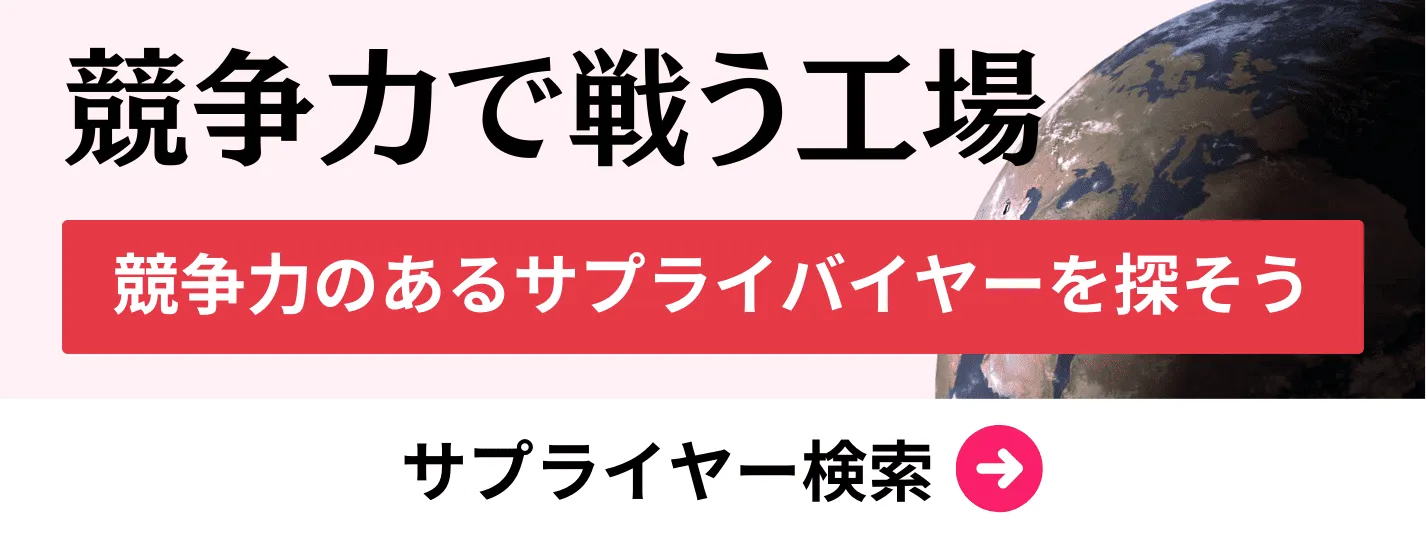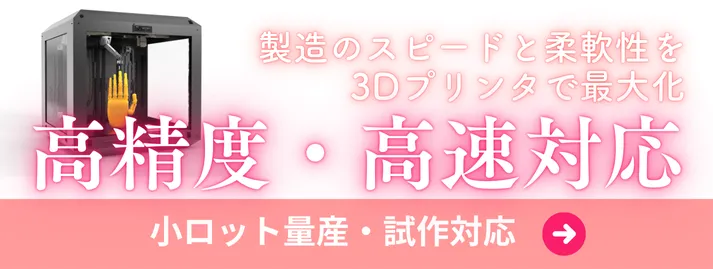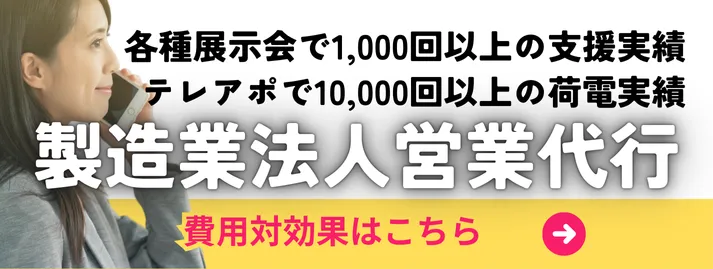- お役立ち記事
- Revolutionizing Japanese Manufacturing: The Role of OEM Pneumatic Press Parts
月間76,176名の
製造業ご担当者様が閲覧しています*
*2025年3月31日現在のGoogle Analyticsのデータより

Revolutionizing Japanese Manufacturing: The Role of OEM Pneumatic Press Parts

目次
Introduction to OEM Pneumatic Press Parts in Japanese Manufacturing
Japanese manufacturing has long been admired for its precision, efficiency, and quality.
One of the critical components contributing to this illustrious reputation is the incorporation of OEM (Original Equipment Manufacturer) pneumatic press parts.
These parts are often the unsung heroes of production lines, ensuring smooth, continuous operations across various sectors.
But what exactly are OEM pneumatic press parts, and why are they a game-changer in Japanese manufacturing?
In this article, we delve into these questions, offering practical insights from the vantage point of procurement and purchasing departments in international manufacturing companies.
We’ll explore the advantages, disadvantages, supplier negotiation techniques, market conditions, and best practices for sourcing from Japan.
Understanding OEM Pneumatic Press Parts
What Are Pneumatic Press Parts?
Pneumatic press parts are components used in machines that utilize compressed air to generate mechanical motion.
This technology is essential for various operations, such as stamping, molding, and forming.
Specific parts include cylinders, valves, seals, pressure regulators, and more.
These components work in tandem to deliver precise and consistent mechanical actions, vital for manufacturing processes.
The Role of OEM Parts
OEM pneumatic press parts are designed and manufactured by the original maker of the machinery.
These parts are crucial because they ensure compatibility, quality, and performance.
Using OEM parts means that the components are made to exact specifications, providing the reliability needed in high-precision settings like Japanese factories.
Advantages of Using OEM Pneumatic Press Parts
Precision and Quality
One of the standout benefits of OEM parts is their exact fit and finish.
Original manufacturers design these components to meet stringent specifications, ensuring high levels of precision and quality.
This reliability is crucial, especially in industries like automotive, electronics, and aerospace, where even the smallest deviations can lead to significant issues.
Enhanced Performance and Longevity
OEM pneumatic press parts are engineered for the specific needs and stresses of the equipment they operate.
This ensures that they provide optimal performance and have a longer lifespan than generic or aftermarket parts.
Moreover, these parts are tested for durability and efficiency, reducing the chance of unexpected breakdowns and operational disruptions.
Maintaining Equipment Warranty
Many equipment warranties require the use of OEM parts to remain valid.
Utilizing these parts helps maintain the manufacturer’s warranty, offering peace of mind and potential cost savings in the event of equipment failure.
Streamlined Maintenance and Repairs
Using OEM parts simplifies the maintenance and repair processes.
Technicians are more familiar with these parts, and there is less risk of installation errors.
This lowers downtime and ensures quicker turnarounds for repairs and maintenance tasks.
Disadvantages of OEM Pneumatic Press Parts
Higher Costs
One of the main drawbacks of OEM parts is their cost.
They tend to be more expensive than aftermarket alternatives.
This higher price tag can be a deterrent for companies looking to manage budgets tightly.
Availability Issues
OEM parts are not always readily available.
Lead times can be longer, particularly for specialized components.
This can pose challenges for companies needing parts urgently to minimize production downtime.
Limited Flexibility
OEM parts are designed specifically for certain types of equipment.
While this ensures compatibility, it also means there’s limited flexibility if you wish to adapt or modify equipment for different uses.
This can stifle innovation or lead to additional costs for custom modifications.
Supplier Negotiation Techniques
Building Long-Term Relationships
In Japan, business relationships are often built on a foundation of trust and long-term collaboration.
When negotiating with suppliers, it’s crucial to focus on building a strong relationship rather than just closing a deal.
This involves regular communications, visits, and demonstrating a genuine interest in their business.
Understanding Cultural Nuances
Japanese negotiation culture places a high value on respect, patience, and harmony.
Understanding and adopting these cultural nuances can significantly improve your negotiation outcomes.
Avoid aggressive tactics and focus on creating win-win situations.
Focus on Total Cost Ownership
Rather than zeroing in solely on the purchase price, consider the total cost of ownership (TCO).
This includes factors such as maintenance, downtime, and the lifespan of the parts.
Japanese suppliers generally appreciate a broader, more holistic discussion around value rather than just cost.
Leveraging Group Purchasing Power
If possible, leverage the purchasing power of your organization by consolidating orders or collaborating with other departments.
Bulk buying can often lead to more favorable terms and prices from suppliers.
Current Market Conditions
Global Supply Chain Disruptions
The pandemic has revealed vulnerabilities in global supply chains, influencing the availability and cost of OEM pneumatic press parts.
Manufacturers have had to navigate shortages, shipping delays, and increased material costs.
Understanding these dynamics is essential for making informed procurement decisions.
Technological Advancements
Continuous innovations in manufacturing technology have led to the development of more efficient and reliable pneumatic press parts.
OEMs are increasingly integrating IoT (Internet of Things) and AI (Artificial Intelligence) to enhance performance and predictive maintenance.
Environmental and Regulatory Pressures
Japan is known for its stringent environmental and regulatory standards.
Suppliers are under pressure to meet these benchmarks, which can affect the availability and cost of components.
Being aware of these trends can help you anticipate potential challenges and align your purchasing strategy accordingly.
Best Practices for Sourcing from Japan
Conduct Thorough Due Diligence
Before engaging with a Japanese supplier, conduct meticulous due diligence.
This includes understanding their manufacturing capabilities, financial stability, and reputation in the market.
Site visits and audits can provide valuable insights into their operations and reliability.
Adopting a Supplier Qualification Process
Implement a rigorous supplier qualification process.
This should include assessments of production capacity, quality control measures, and previous performance.
By setting high standards, you can ensure a consistent supply of high-quality OEM pneumatic press parts.
Engaging in Collaborative Planning
Collaborative planning with your Japanese suppliers can lead to better alignment between your production needs and their capabilities.
Share forecasts, production schedules, and inventory requirements.
This proactive approach can help mitigate risks and ensure a smoother supply chain.
Investing in Supplier Development
Investing in supplier development can yield significant long-term benefits.
Offer training, share best practices, and work closely with suppliers to improve processes and quality.
This collaborative effort can lead to enhanced performance and a stronger, more resilient supply chain.
Conclusion
OEM pneumatic press parts play a pivotal role in the efficiency, quality, and reliability of Japanese manufacturing.
While there are challenges such as higher costs and availability issues, the advantages far outweigh the drawbacks, especially when focusing on quality, performance, and long-term value.
By understanding the intricacies of supplier relationships and adopting best practices, international companies can unlock significant benefits from sourcing OEM pneumatic press parts from Japan.
In a rapidly evolving market landscape, staying informed and adaptable is key to maintaining a competitive edge.
Whether you are new to Japanese suppliers or seeking to optimize your existing procurement strategies, these insights can serve as a valuable guide in revolutionizing your manufacturing processes.
 資料ダウンロード
資料ダウンロード
QCD管理受発注クラウド「newji」は、受発注部門で必要なQCD管理全てを備えた、現場特化型兼クラウド型の今世紀最高の受発注管理システムとなります。
 ユーザー登録
ユーザー登録
受発注業務の効率化だけでなく、システムを導入することで、コスト削減や製品・資材のステータス可視化のほか、属人化していた受発注情報の共有化による内部不正防止や統制にも役立ちます。
 NEWJI DX
NEWJI DX
製造業に特化したデジタルトランスフォーメーション(DX)の実現を目指す請負開発型のコンサルティングサービスです。AI、iPaaS、および先端の技術を駆使して、製造プロセスの効率化、業務効率化、チームワーク強化、コスト削減、品質向上を実現します。このサービスは、製造業の課題を深く理解し、それに対する最適なデジタルソリューションを提供することで、企業が持続的な成長とイノベーションを達成できるようサポートします。
 製造業ニュース解説
製造業ニュース解説
製造業、主に購買・調達部門にお勤めの方々に向けた情報を配信しております。
新任の方やベテランの方、管理職を対象とした幅広いコンテンツをご用意しております。
 お問い合わせ
お問い合わせ
コストダウンが利益に直結する術だと理解していても、なかなか前に進めることができない状況。そんな時は、newjiのコストダウン自動化機能で大きく利益貢献しよう!
(β版非公開)









